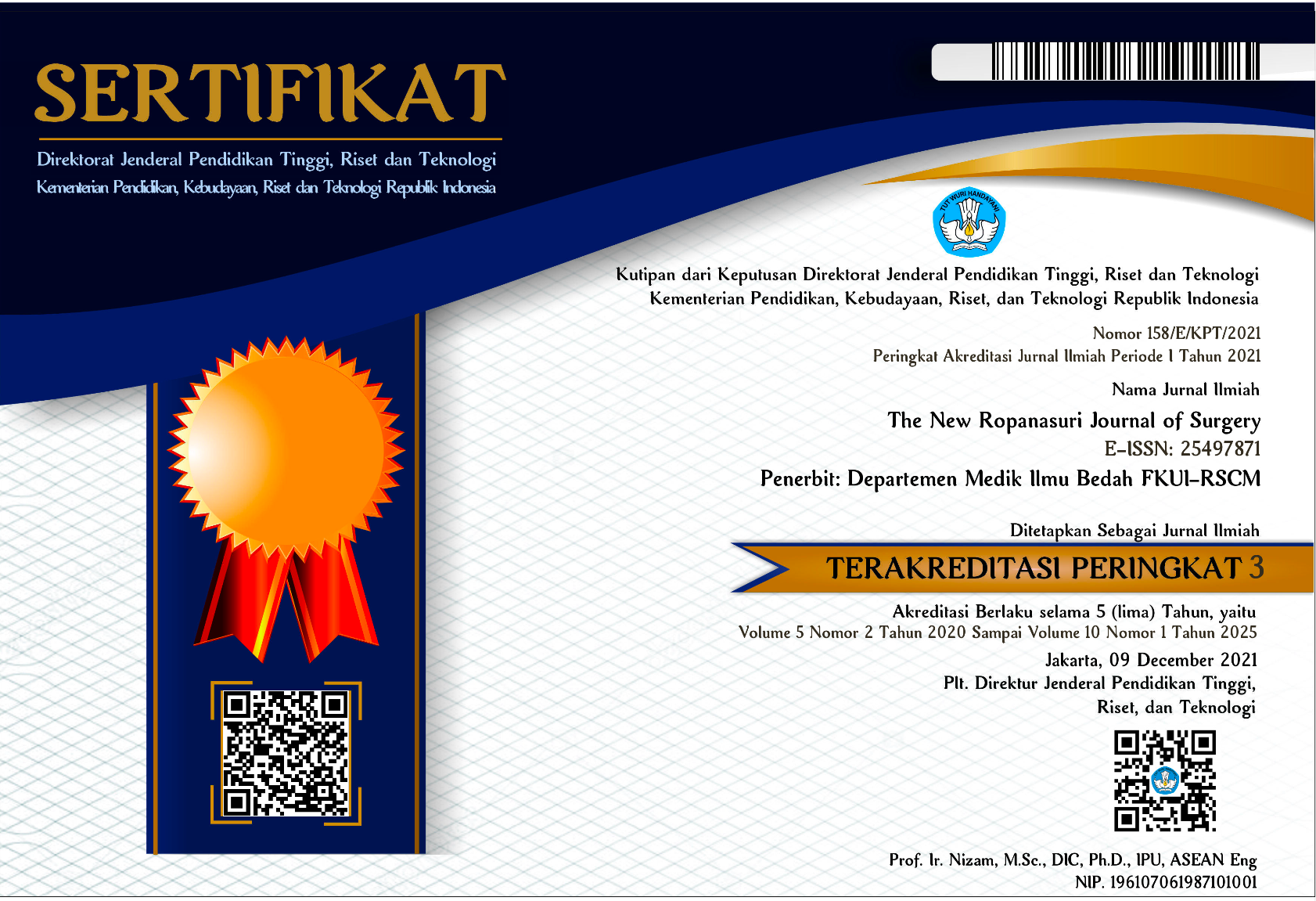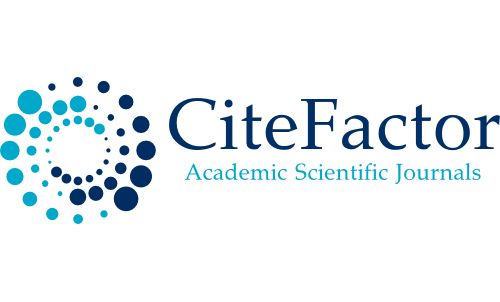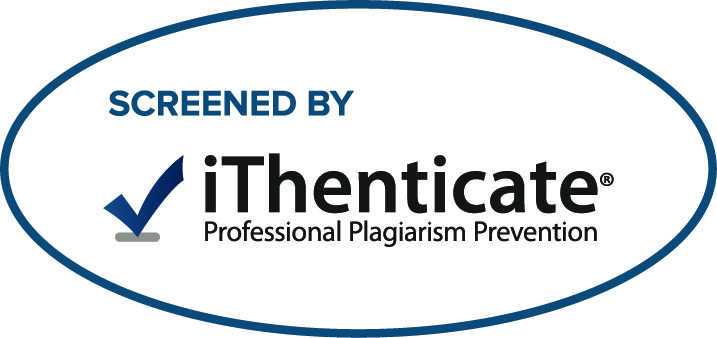Abstract
Introduction. Thymectomy is a recommended treatment for myasthenia gravis, enfacing the problem of a low remission rate. However, Indonesian-specific characteristics of myasthenia gravis are somehow different from those of well-developed countries. Thus, identifying prognostic factors influencing remission is required for patient selection to provide optimal preoperative issues.
Methods. A retrospective cohort proceeded in our tertiary hospital, enrolling those diagnosed with myasthenia gravis who underwent thymectomy for four years. Disease period modified Osserman classification, age, sex, preoperative plasmapheresis, preoperative steroid therapy, type of surgery, and thymic pathology were the variables of interest for three-year follow-up. In addition, these variables were subjected to statistical analysis for prognostic factors.
Results. Twenty-six subjects completed the follow-up period with remission of 30.7% and associated with a period of suffering myasthenia gravis (p = 0.014) and the modified Osserman classification (p = 0.008). The disease period showed a specificity of 88.9% with a negative predictive value of 84.2% and a sensitivity of 62.5% with a positive predictive value of 71.4%. The modified Osserman classification showed a specificity of 83.2% with a negative predictive value of 88.2% and a sensitivity of 75% with a positive predictive value of 66.7%).
Conclusions. In our tertiary hospital, the disease period and the modified Osserman classification are prognostic factors of remission following thymectomy for myasthenia gravis.
Recommended Citation
Wardoyo, Suprayitno and Layardi, Winda J.
(2022)
"Prognostic Factors of Myasthenia Gravis Remission After Thymectomy at National Referral Hospital in Indonesia,"
The New Ropanasuri Journal of Surgery: Vol. 7:
No.
2, Article 2.
DOI: 10.7454/nrjs.v7i2.1132
Available at:
https://scholarhub.ui.ac.id/nrjs/vol7/iss2/2
Included in
Other Analytical, Diagnostic and Therapeutic Techniques and Equipment Commons, Surgery Commons













